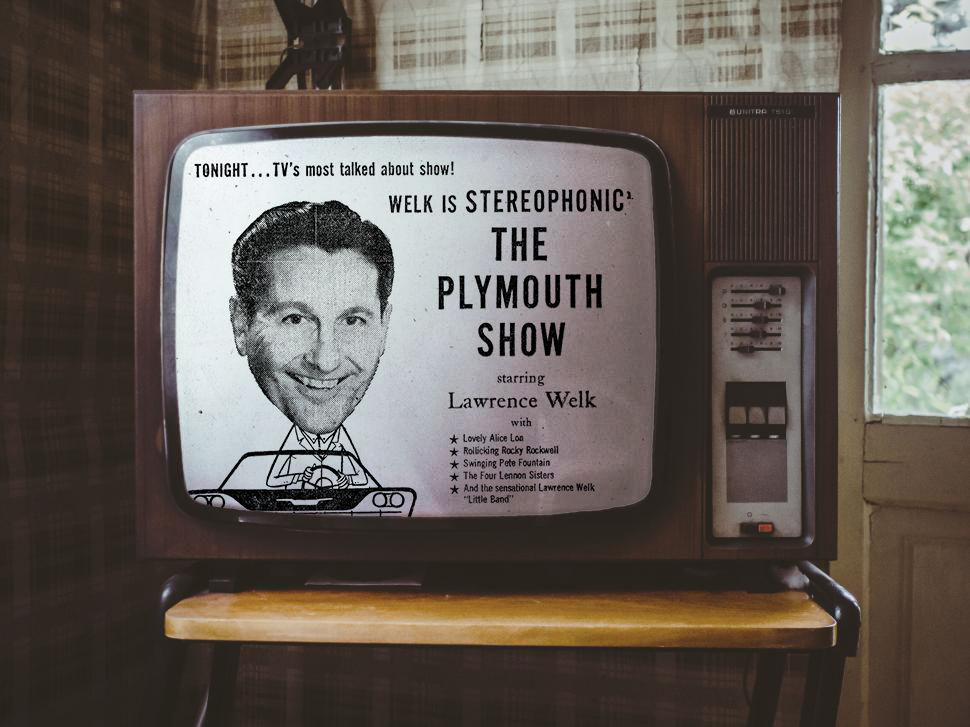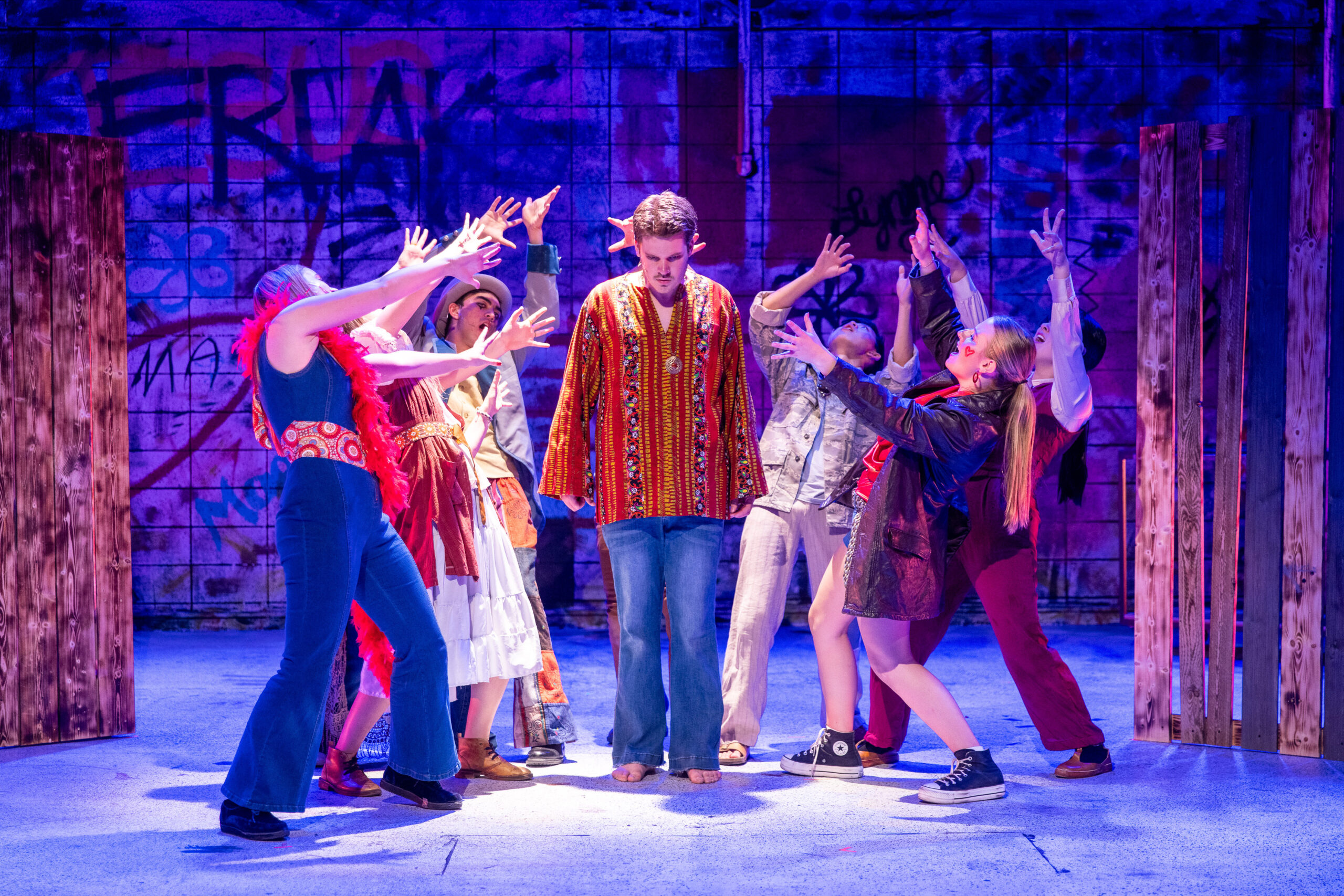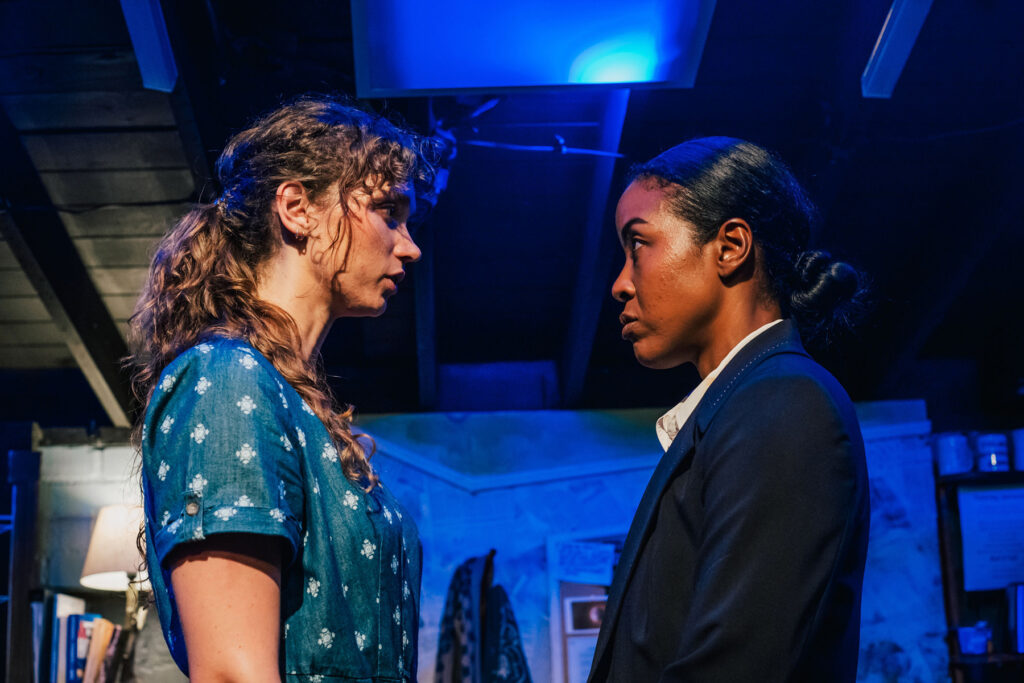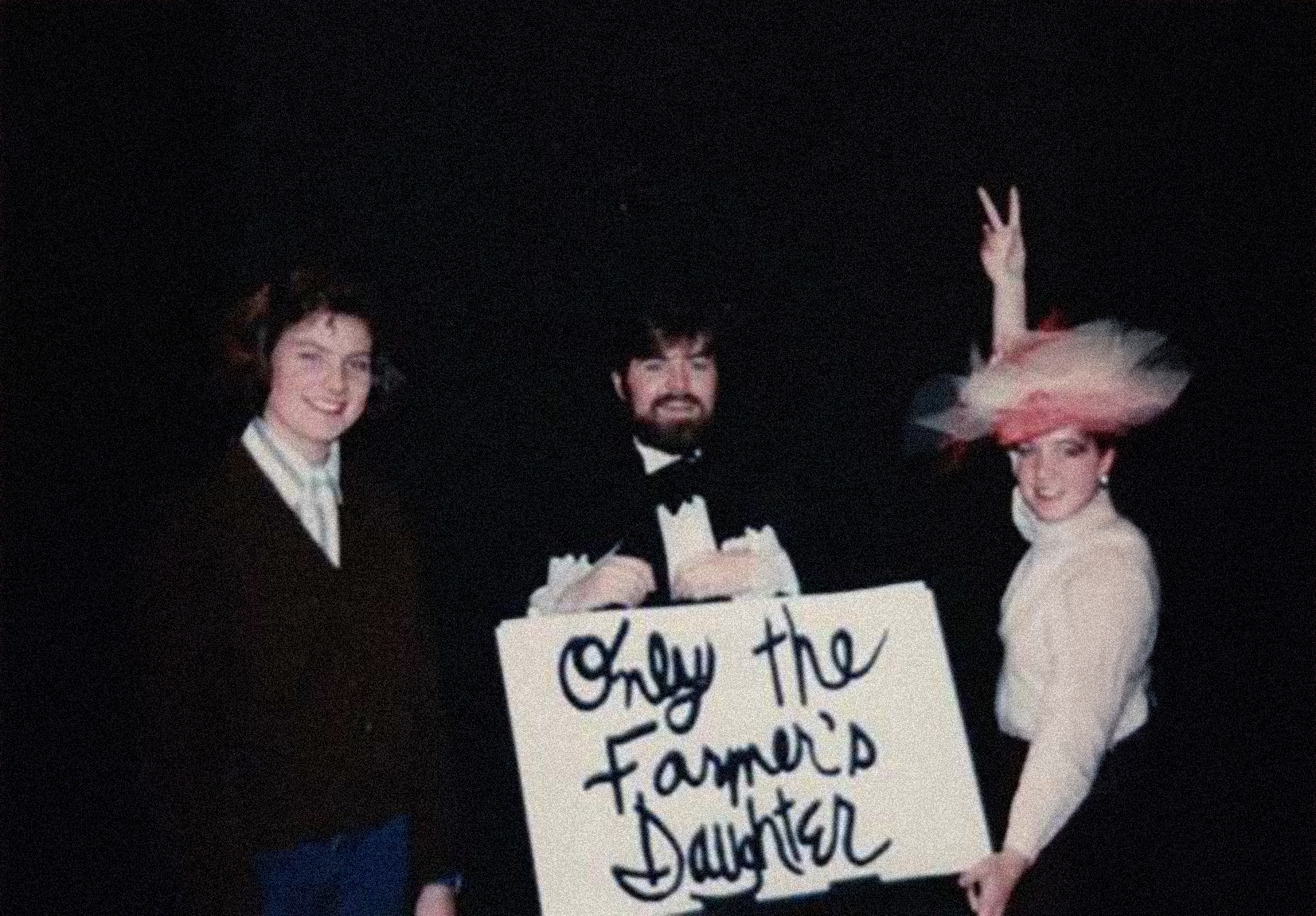Remember when watching TV was a family event?
In the mid-60s, my parents bought a revolutionary invention, a colored plastic sheet made by Eastmon (not Eastman), designed to magically transform our black-and-white TV into a color set. Revolutionary…until it wasn’t. Fast forward a decade to the 70s, and my parents splurged on a real color TV…complete with stereo, radio, record player, and an 8-track player. It cost about as much as a small house, but it was our family’s entertainment centerpiece.
Every Tuesday at 8 PM, we watched Happy Days and Laverne & Shirley. Saturday was Lawrence Welk night (my parents’ favorite, not mine), and Sunday was the magical Wide World of Disney. Once a year, we made an event out of The Wizard of Oz. My childhood revolved around these rituals, until suddenly, life changed. Rehearsals replaced Tuesday nights, sports filled Saturdays, and Sundays were reserved for homework and potato salad. Gradually, our viewing rituals faded away.

Why am I telling you this? Well, first, I’m a storyteller…I can’t help it. But more importantly, things change. Our patterns evolve, our interests shift, and if the things we love don’t adapt with us, they get left behind.
Recently, I read comments about the TV series The Gilded Age, where fans expressed frustration about waiting two years between seasons. “I doubt I’ll even watch season 3,” one viewer wrote. This resonated deeply because it’s exactly what’s happening to theatres today. We often ask, “Why are our audiences dwindling? Is it the shows we’re choosing?” But maybe those aren’t the right questions. Maybe we should instead be asking:
How can we break from old traditions and adapt to meet audiences where they are now?
If you’re a community theatre director, a dance studio leader, or someone who’s just trying to keep the doors open, you’re not alone. We’re all figuring this out together.
Since COVID, we’ve collectively hit a reset button. According to recent research, about 30% of pre-pandemic theatre-goers still haven’t returned regularly to live shows, largely due to shifting lifestyle preferences rather than financial constraints. Nearly 14% of the labor force now works primarily from home, making weekday performances more appealing and practical (U.S. Census Bureau, American Community Survey).
Let’s be honest, we’ve spent a lot of time blaming external things: streaming platforms, inflation, the show title, the weather, even ‘people just don’t support the arts like they used to.’ But maybe the real issue is this: we never stopped asking people to show up the same way we did in 1994. Same nights. Same times. Same expectations. Meanwhile, everything about their lives has changed.
Broadway producers moved most evening performances from 8 PM to 7 PM, resulting in increased attendance. The New York Times noted, “The classic 8 PM curtain is becoming rare on Broadway…6 PM is quickly becoming the new 8 PM.” Additionally, several Broadway shows, like “Oh Mary,” are experimenting with 5 PM matinees and even midweek afternoon performances. Audiences responded positively, enjoying an earlier night out without sacrificing their evenings. (The New York Times, “Why Broadway Is Starting Shows Earlier, 2023)
“We got a lot of feedback that 8pm is too late for a Saturday,” says Edward Parsons, the Indianapolis Symphony’s vice president of artistic operations. “So, 5:30 means you go to dinner after the show. You’re done at 7:30 and you have an 8pm dinner reservation. Audiences really like it and it’s our most popular time for classical concerts.”
(Symphony Magazine, “Time Travel” 2023)
Regionally, MOXIE Theatre in San Diego successfully launched Monday “industry nights,” specifically targeting artists and others unavailable on weekends.
Theatre J in Washington, DC, saw increased attendance and community engagement after introducing Monday and Tuesday performances.
Music and dance ensembles have seen similar shifts. The Minnesota Orchestra offers concerts at varied times…afternoon, evening, and weekend slots…to accommodate diverse schedules.
Dance companies have followed suit; for example, Alvin Ailey American Dance Theater now includes earlier performances and weekday matinees, seeing notable audience engagement from new demographics.
We’re seeing this shift firsthand at Ludus, groups rethinking everything from curtain times to ticketing models. And honestly? It’s working.
Beyond adjusting performance times, theaters are also exploring flexible ticketing options to meet audience needs. Flex passes, for instance, allow patrons to attend shows on their own schedule, removing barriers to attendance and fostering a more inclusive theater-going experience.
“Give people options. They really seem to appreciate it.”
Gwen Pappas, VP Communications, Minnesota Orchestra
(Butts in the Seats blog, “Start Times Are A-Changin’” January 2023)
Personally, I now fiercely guard my weekends. Slowly simmering spaghetti sauce, calling my sister in Mason, settling in with a mystery novel on the deck, or taking a long walk with my AirPods and an audiobook, my recharge time. Honestly, the thought of getting all dressed up to drag myself to a Saturday night show feels exhausting these days. Am I getting old? The idea of wearing dress shoes (killer on the feet) and not getting home early enough to read a little before bed just doesn’t excite me anymore. Don’t get me wrong, I still enjoy an occasional Sunday matinee. But Saturdays? They’ve become sacred.
Theatres aren’t losing their audience. They’re losing their rhythm. And if we don’t fix that, we risk becoming a beautiful tradition no one has time for. You don’t have to throw out everything you’ve done. Just start the conversation. Because change doesn’t begin with a new show title, it starts with a calendar, a conversation, and the courage to ask: ‘What if we did it differently this time?’
I’d genuinely love to hear from you. Have you tried starting this conversation with your group?
- What have you tried, and how did it work?
- What’s been successful, and what hasn’t, and why?
- What creative scheduling ideas can you share?
Share your experiences and comments below. Let’s challenge each other, exchange ideas, and discover fresh ways to connect more deeply with our audiences.
One response to “Changing the Channel: Starting the Conversation on Theatre Schedules”
-
While I’m curious about the broader implications for community engagement, the shift in our show schedule has profoundly benefited my students. Moving our weeknight curtain time to 6:30 instead of 7:00 has allowed students to get home earlier, directly contributing to a marked improvement in their next-day morning attendance and homework completion (and consequently fewer teachers angry with me). This seemingly minor tweak on the front end had a significant positive impact after the final bows. Furthermore, after years of two underperforming Saturday shows (2:00 PM and 7:00 PM), we’ve successfully streamlined to a single 3:30 PM performance. This new timing allows for pre-show lunches or post-show dinners, which, as odd as it may seem, has been important to my audience and students. For my kids, restaurants are still open, and parents are more amenable to letting their younger students attend cast gatherings, fostering a stronger sense of team and enhanced collaboration. I’m very much looking forward to exploring additional schedule refinements!





Leave a Reply